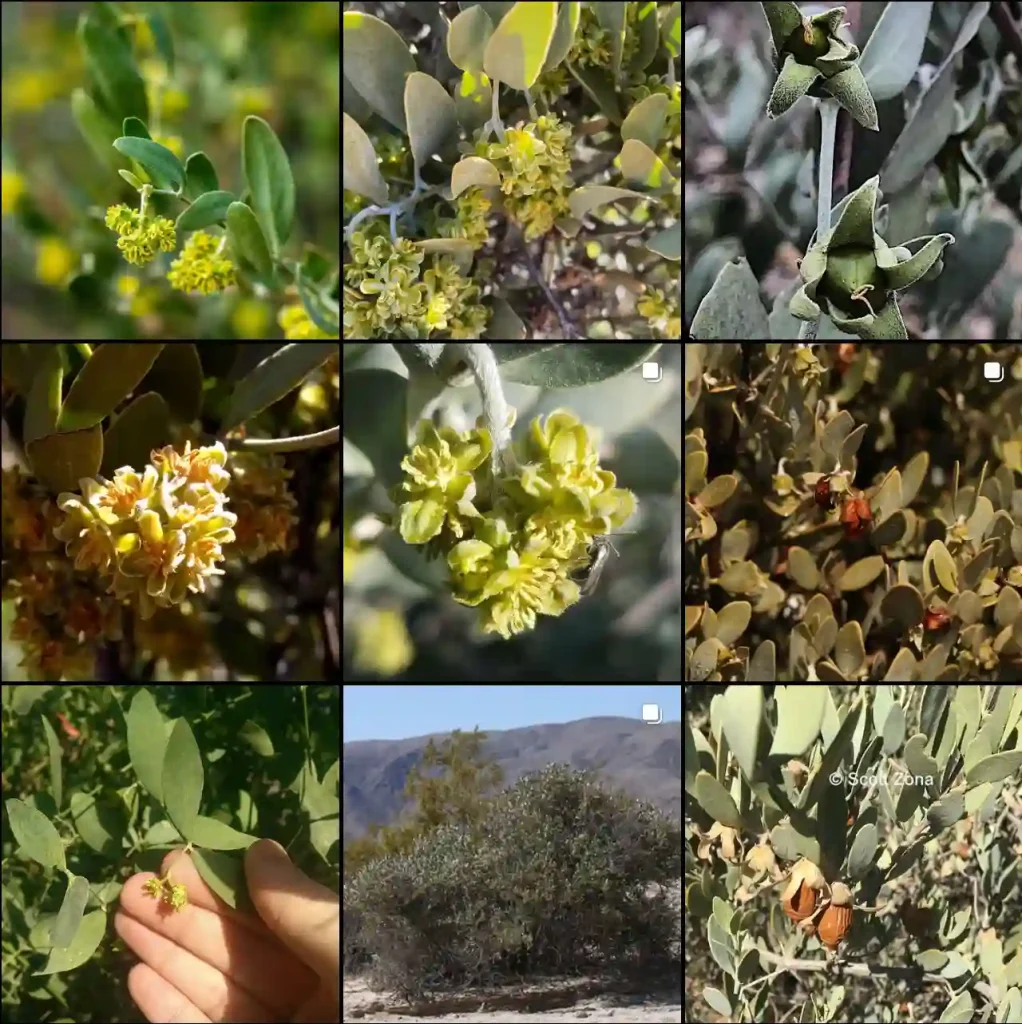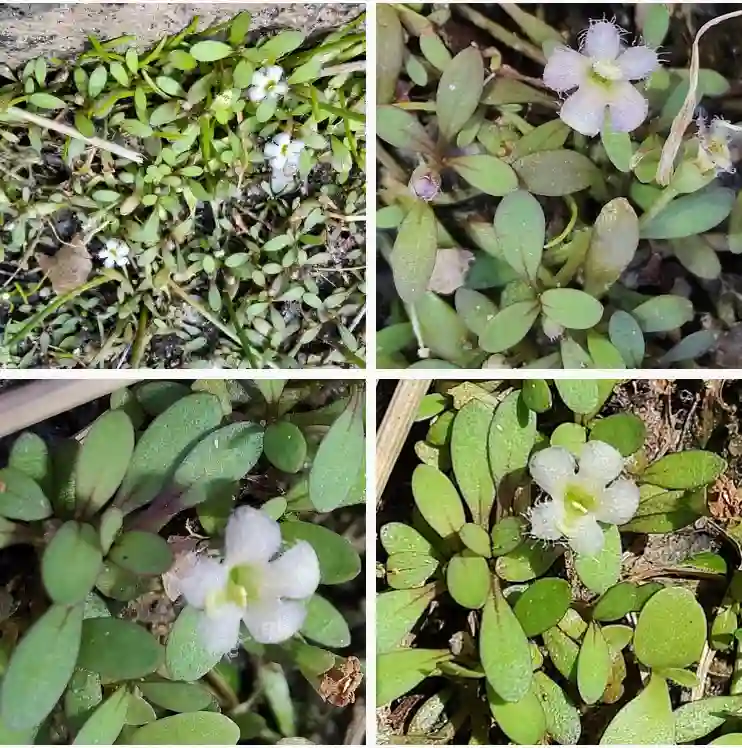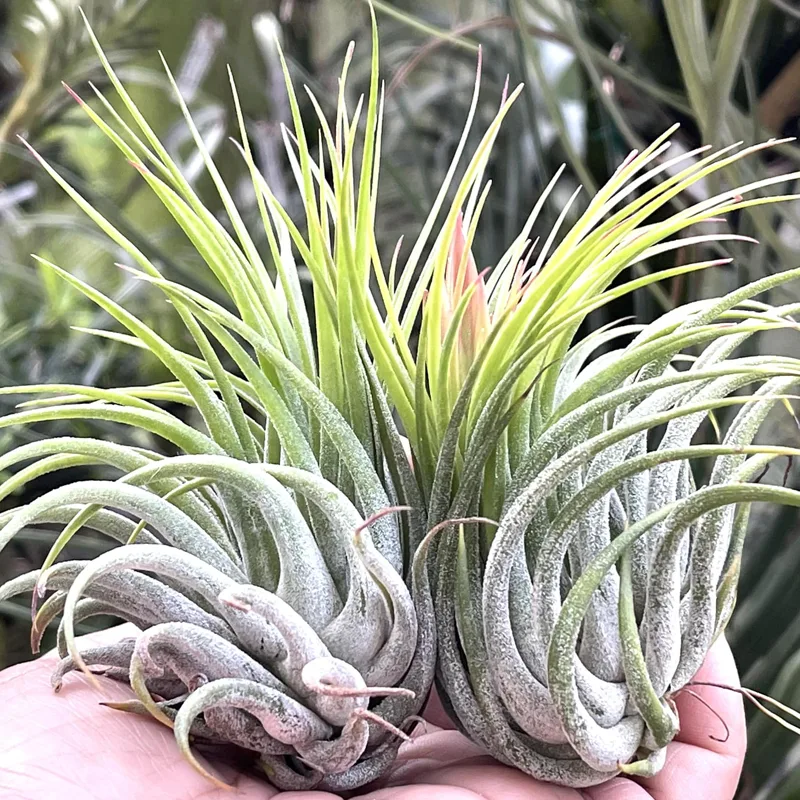Jasminum Angulare: Your Essential FAQ Guide
When it comes to adding a touch of elegance and fragrance to your garden, Jasminum Angulare is a fantastic choice. This lesser-known jasmine species offers a unique blend of beauty and charm that can elevate any outdoor space. As someone who’s had a fair share of experiences with various plants, I’m excited to share my insights on Jasminum Angulare. Here’s everything you need to know.
202 Species in Genus Jasminum
What is Jasminum Angulare?
Jasminum Angulare, commonly known as the Angular Jasmine or Indian Jasmine, is a shrub native to tropical regions. Unlike other jasmines, it features distinctive angular stems, which give it its unique name. This plant is appreciated for its lush green foliage and star-shaped white flowers that release a delightful fragrance, making it a popular choice for both ornamental and aromatic purposes.
How to Care for Jasminum Angulare?
Taking care of Jasminum Angulare is relatively straightforward if you keep a few key points in mind:
- Sunlight: This jasmine thrives in full sunlight but can tolerate partial shade. Aim for at least 4-6 hours of direct sun daily.
- Watering: Keep the soil consistently moist, especially during the growing season. Avoid waterlogging, as it can lead to root rot.
- Soil: A well-draining soil is crucial. I use a mix of potting soil with added perlite or sand for optimal drainage.
- Fertilization: Feed the plant with a balanced, water-soluble fertilizer every 4-6 weeks during the growing season. Reduce feeding in the winter.
- Pruning: Regular pruning helps maintain its shape and encourages blooming. I usually prune after the flowering season to remove dead or overcrowded stems.
How to Propagate Jasminum Angulare?
Propagating Jasminum Angulare is an enjoyable process. Here’s how I’ve done it successfully:
- Cuttings: Take 4-6 inch cuttings from a healthy plant in late spring or early summer. Make sure each cutting has at least one node.
- Rooting Medium: Dip the cut end in rooting hormone and plant it in a mix of peat and perlite. Keep the soil moist and warm.
- Covering: Cover the cuttings with a plastic bag or a mini greenhouse to maintain humidity. Remove the cover occasionally to prevent mold.
- Transplanting: Once roots develop, usually in 4-6 weeks, transplant the new plants into larger pots or directly into the garden.
What to Plant With Jasminum Angulare?
Pairing Jasminum Angulare with complementary plants can enhance your garden’s aesthetics. Here are a few suggestions based on my experience:
- Climbing Plants: Combine it with other climbers like Bougainvillea or Passionflower for a mixed vertical display.
- Ground Covers: Plant with ground covers like Creeping Jenny or Sweet Potato Vine to create a lush, multi-layered effect.
- Companion Flowers: Consider flowering plants such as Lavender or Marigolds, which can provide color contrasts and attract pollinators.
Benefits of Jasminum Angulare
Jasminum Angulare offers several benefits:
- Fragrance: Its aromatic flowers add a pleasant scent to gardens and can be used in homemade potpourris.
- Decorative Appeal: The plant’s glossy leaves and white flowers provide a charming visual interest.
- Attracts Pollinators: Its blossoms attract bees and butterflies, enhancing the biodiversity of your garden.
Is Jasminum Angulare Toxic?
Good news—Jasminum Angulare is not considered toxic to humans or pets. However, as with all plants, it’s a good practice to keep it out of reach of young children and pets to avoid any potential issues with ingestion.
Common Problems with Jasminum Angulare
In my experience, Jasminum Angulare can face a few common issues:
- Pests: Watch out for common pests like aphids and spider mites. I’ve found that neem oil works well for controlling these pests.
- Disease: Root rot can occur if the plant is overwatered or if the soil does not drain well. Ensure good drainage and avoid waterlogging.
- Leaf Drop: If the plant drops leaves, it might be a sign of too much or too little water. Adjust your watering schedule accordingly.
Comparing Jasminum Angulare to Other Jasmines
Jasminum Angulare is often confused with other jasmine species. Here’s how it stands out:
- Jasminum Officinale (Common Jasmine): Unlike Jasminum Angulare, Jasminum Officinale has a more vining habit and is less angular in appearance.
- Jasminum Sambac (Arabian Jasmine): Jasminum Sambac has a more compact growth habit and its flowers are typically more rounded compared to the star-shaped flowers of Jasminum Angulare.
In conclusion, Jasminum Angulare is a rewarding plant to grow. Its care requirements are manageable, and its beauty and fragrance can greatly enhance your garden. With the right attention, it can be a striking and fragrant addition to any outdoor space.
If i die, water my plants!



